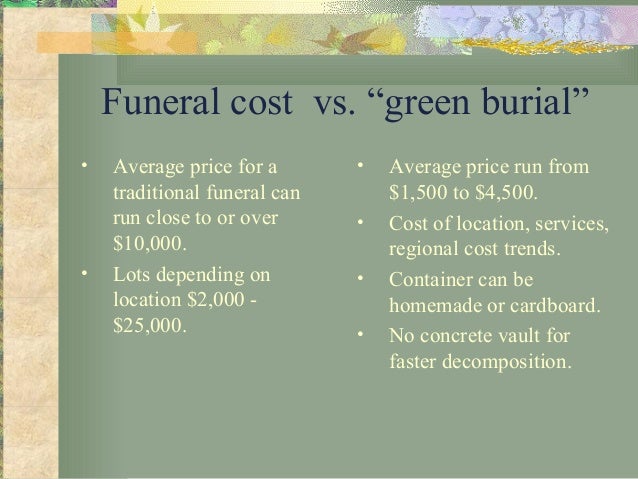
Image source: http://i00.i.aliimg.com/img/pb/608/434/571/571434608_228.jpg
Doors come in a wide variety of different styles, types and sizes. Many are designed mainly for their appearance using different materials, period styles, surface finishes and colours. Others are designed for a specific purpose - external doors which have to be burglar-proof and bear the brunt of the weather, internal doors and fire doors, for example. Most are wooden but you can get metal and plastic doors, too. You can also get doors that slide or fold.
Wooden doors
There are four common types of hinged, wooden door:
- panel doors have a moderately substantial timber frame enclosing a number of inset panels of timber, plywood or glass
- flush doors have a light framework of timber covered on each side with a single skin of sheet material such as plywood or hardboard.
- boarded doors have a timber framework supporting vertical tongued-and-grooved boards
- louvred doors have a timber frame inset with canted horizontal timber slats spaced to allow for ventilation through the door.
External doors should be manufactured from materials capable of withstanding the ravages of the elements usually hardwood or exterior plywood. Internal doors are usually made from much less durable materials softwoods and hardboard, for instance.
Fire doors are built to withstand the effects of lire for periods of half, one or two hours depending on where the door is to be used. You may have to fit one to comply with the Building Regulations for example, if you build a garage on to your house, any door connecting the house to the garage must have at least half an hour's fire resistance. A fire-resisting door should protect against smoke as well as checking the movement of the fire. The doors are commonly referred to by their fire performance - a 30/30 door or a 30/20 door, for instance. Fire-resisting doors are usually flush doors formerly with plasterboard or asbestos cores but nowadays increasingly with flaxboard or chipboard cores. They should be fitted in fire-resisting frames and usually need to be self-closing.
Panel doors
These doors have a timber framework, usually softwood, enclosing one or more panels. They are available in a wide range of styles, including traditional and period designs.
The framework consists of two stiles running vertically up the door and two or more rails running horizontally across the door. The stiles and rails are usually joined together with mortise-and-tenon joints, although there is a trend towards replacing these by dowel joints. The inside edges of the frame are grooved to take the sides of the panels and may be decorated with a moulding.
Glass panels are housed in rebates and held in place by either wood beads or putty. Safety glass should be used for large panes of glass.
Exterior panelled doors are often made of hardwood such as mahogany or sapele. This is naturally durable, and can be varnished or treated with a preservative woodslain. Softwood external doors should be painted unless they are of prime quality wood which will take varnish.
Panel doors have wide stiles (100mm) for taking locks; centre or bottom rails can be used for letter-box fitting.
Some flush doors are made to resemble panelled doors - they have a moulded fibreboard facing to give the panelled effect. They are usually suitable only for interior use.
Flush doors
A flush door consists of a light timber frame covered on both sides with some form of sheet material. A core may be used to increase the rigidity of the two panels - called facing or skins and to keep them apart. The frame is made from quite small sections of timber, usually 38 x 38mm, and is butt jointed and fastened together with glue and corrugated fasteners or staples.
Many different types of facings are used - from cheap hardboard to expensive hand-cut veneers or carefully selected plywood. Facings can be unfinished, prepared for painting, or covered with a veneer.
Exterior and interior grade (lush doors are available; some come fitted with a glass panel.
To give a neat finish to the vertical edges of the door and to protect the edges of the panels, a narrow strip of timber is fastened to the door by a tongue and groove, or by gluing and pinning. This is known as a lipping. It is essential on external doors to prevent water getting under the facings and makes it easier to keep a neat edge when you have to plane off a little to make the door fit. On veneered doors the lipping is the same timber as the face veneer.
As the timber frame is often fairly flimsy, extra pieces of timber have to be built into the door for fixing locks and door handles. The extra material is called a lock block. Some doors have lock blocks on each side; others have only one -so you have to be careful when hanging the door to make sure you fix the hinges to the correct edge of the door. New doors should have a stamp on one edge showing the location of the lock block. On some very lightly built doors, blocks are also provided to assist when fixing the hinges, and external doors have blocks and wide rails for fixing letter-boxes find out exactly where these are before buying the door.
Boarded doors
There are two common types of boarded door in use today:
The ledged-and-braced door is suitable for garden sheds and gates. It is made up of a number of boards fastened together with ledges across the back and braced to prevent it distorting.
The framed, ledged-and-braced door is used in situations where strength is required but the physical appearance of the door is not of prime importance garage doors, stormdoors, outbuildings and gates are examples. The door consists of a frame held together with mortise-and-tenon joints. Diagonal braces are inserted inside the frame to prevent the door sagging and a panel of matchboarding runs from the top to the bottom of the door. The bottom rail is 30 to 40mm above the bottom of the door to help make fitting easy over uneven ground and to lessen the risk of the door being severely weakened by rot. As these doors are usually manufactured from softwood, they should be painted regularly or treated with a preservative stain particularly when the door is used outside.
Louvred doors
A louvred door may be used when ventilation is needed through the door or when this type of decorative appearance is wanted.
The door consists of a light timber frame of stiles and rails containing a quantity of horizontal slats called louvres. The louvres are set at an angle, overlapping one another in such a way to leave an air space between them.
Louvred doors are available in hardwood and softwood; narrow versions are made for use as folding doors.
Other types of door
Aluminium glazed doors are available for use as front, back or side doors. Most are double glazed with obscure glass and fit into a standard timber frame. Some have a centre rail with a letter box
Plastic (uPVC) glazed doors are also available for external use, including "tilt-and-turn' designs
Sliding doors can be made using standard timber doors (usually flush ones) fitted with sliding door gear
Folding doors can be of two types: bi-fold, with two half-width doors and an addi-tional centre hinge, and multi-fold with lots of narrow panels.




